When teeth are lost
The causes for tooth gaps can be manifold. For example, teeth may be lost due to diseases of the tooth structure and the periodontium or trauma, or they may not be present from birth. The result is a gap in the teeth. If this leads to a restriction of aesthetics, pronunciation and chewing function or to the displacement of teeth, they should be treated. The type of treatment depends on certain criteria such as the number of missing teeth, the distribution and condition of the remaining teeth and the wishes and possibilities of the patient. The overall situation is taken into account and an individual solution with possible alternatives is offered.
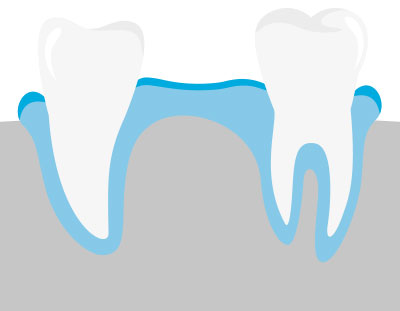
What are the consequences?
The loss of teeth and the associated gap can result in restrictions for the patient. If, for example, a tooth is lost in the front due to a sports accident, the gap in this area leads to impaired aesthetics. Also the speech formation, especially of S-sounds, can be limited. If teeth in the posterior region are lost, the chewing function may be restricted. If the neighbouring teeth are no longer supported by the gaps, they can start to migrate in favour of the balance of forces. This leads to tilting into the gap or the antagonists (opposite teeth) move up or down into the gap. This leads to the formation of dirt niches and disturbances when biting into the teeth. In the long run, even more teeth can be lost in this way.
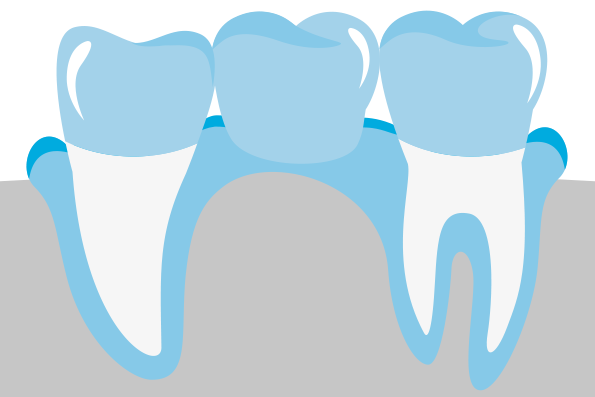
How can we help?
The type of treatment of the tooth gaps depends on the extent of the tooth loss. The number of missing teeth and the resulting space must be taken into account. Basically, a distinction is made between fixed and removable dentures. Fixed dentures can be attached to the patient’s own teeth or to implants and cannot be removed from the mouth by the patient. Removable dentures can also be made on the patient’s own teeth or on implants. This can be removed from the mouth by the patient for cleaning. If there are no teeth left, the denture is supported purely by the mucous membrane. Removable dentures can be divided into telescopic dentures, clasp dentures and total dentures, depending on the attachment options.
What can you expect?
Before dentures are made, an assessment of your individual situation is necessary. A detailed planning will be made taking into account the current situation and your personal wishes. The focus is on the overall situation and e.g. existing caries or gum diseases must be pre-treated. The procedure depends on the type of treatment.
If the denture is fixed on natural teeth as described above, they are ground down in the first step. Then the situation is transferred into a plaster model with the help of impression trays and impression compounds. On this model the technician can make the work in the laboratory. A temporary denture is made for you for the time between taking the impression and inserting the finished denture. You leave our practice as never “without” teeth. Depending on the type of restoration, various trial fittings are necessary before insertion to check fit, function and aesthetics.
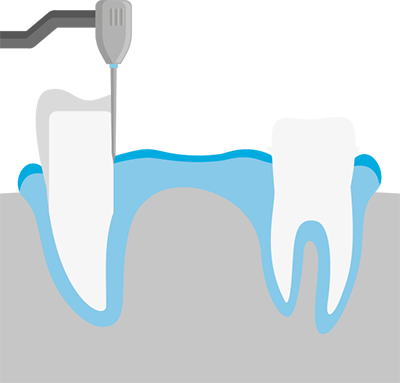
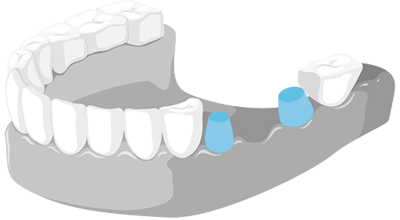
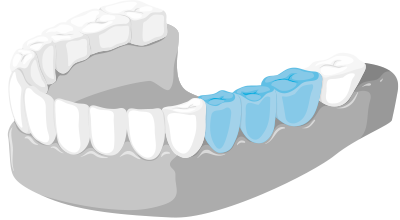
What can you do yourself?
After the dentures have been inserted, regular checks are indicated. If the gums or hard tissue of the remaining teeth reoccurs, the problem can be detected early and minimally invasive treatment can be applied. Regular professional tooth cleaning and oral hygiene checks are important to prevent a new disease from developing in the first place.
You can reach us by phone on +352 290 022.
Opening times: Monday & Tuesday 8:00 a.m. – 6:00 p.m., Wednesday 8:00 a.m. – 2:00 p.m., Thursday 11:00 a.m. – 6:00 p.m., Friday 8:00 a.m. – 1:00 p.m.
Alternatively, you can also send us an email to kontakt@drjung.lu or an WhatsApp to +621 236 568
